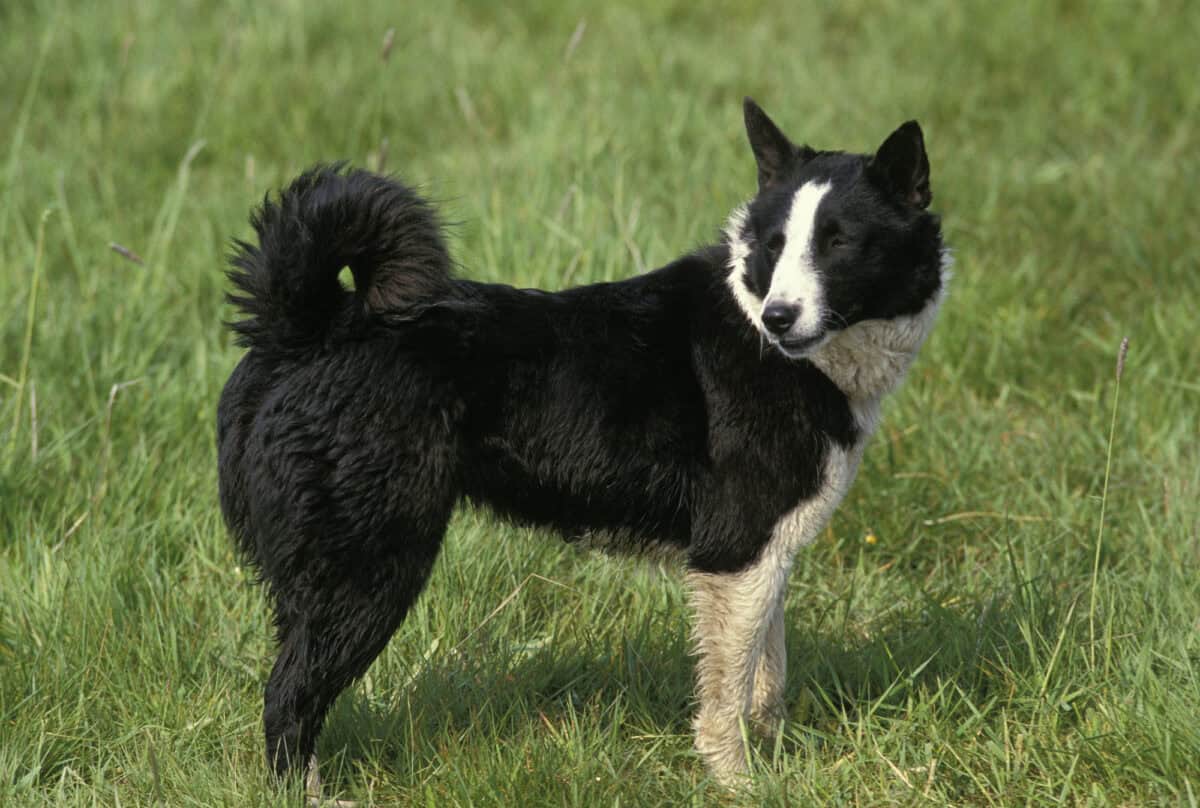Animals have always fascinated us with their behaviors and interactions, often sparking debates about how similar they truly are to humans. One area where this comparison becomes astonishingly vivid is in their expression of emotions. Here, we explore 12 animals that display emotions strikingly similar to human feelings, demonstrating that the animal kingdom is far more empathetic and complex than we often realize.
12. Elephants Gentle Giants with Deep Bonds

Elephants are renowned for their impressive memory, but did you know they are also deeply emotional creatures? These gentle giants have been observed mourning the loss of their kin. They visit the burial sites of loved ones, demonstrating a level of grief that mirrors human sorrow. Elephants also celebrate the birth of a new member, showing joy and excitement in their community.
11. Dogs Our Loyal Companions

It’s no surprise that dogs, often referred to as man’s best friend, exhibit emotions that resonate closely with our own. From wagging tails at the sight of their favorite humans to showing anxiety when left alone, dogs express a range of emotions, including happiness, fear, and even jealousy. Their ability to form strong attachments makes them particularly cherished companions.
10. Dolphins Ocean Playmates with a Sense of Humor
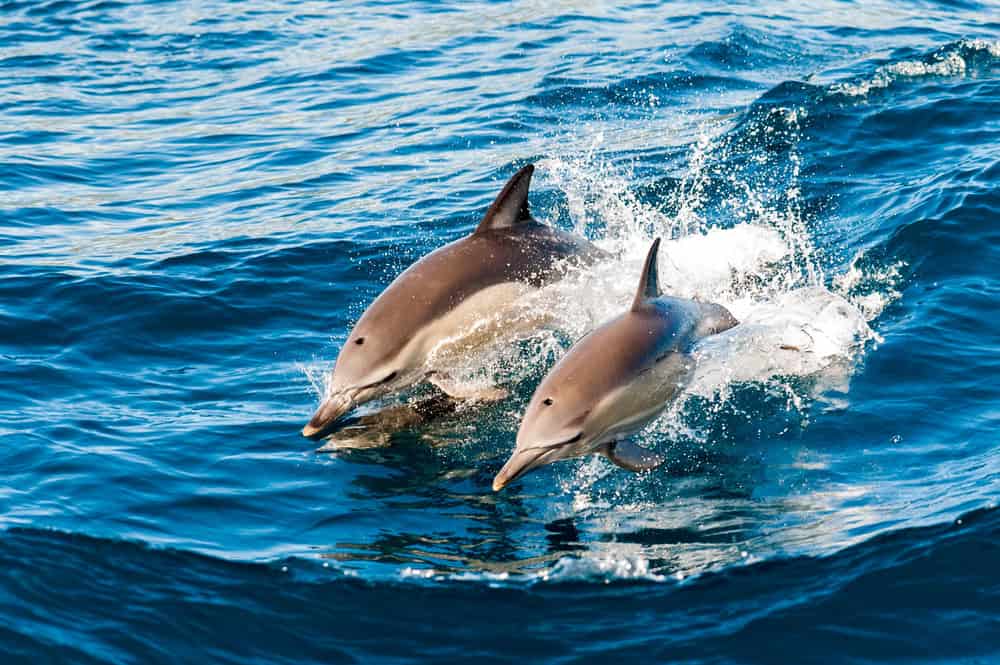
Dolphins are not only intelligent but also demonstrate playful behaviors that suggest a sense of humor. They engage in games with each other and have been seen interacting with humans in ways that seem to communicate friendship and curiosity. Dolphins’ social structures are complex, hinting at the deep emotional connections they maintain with their pod.
9. Chimpanzees Our Closest Relatives
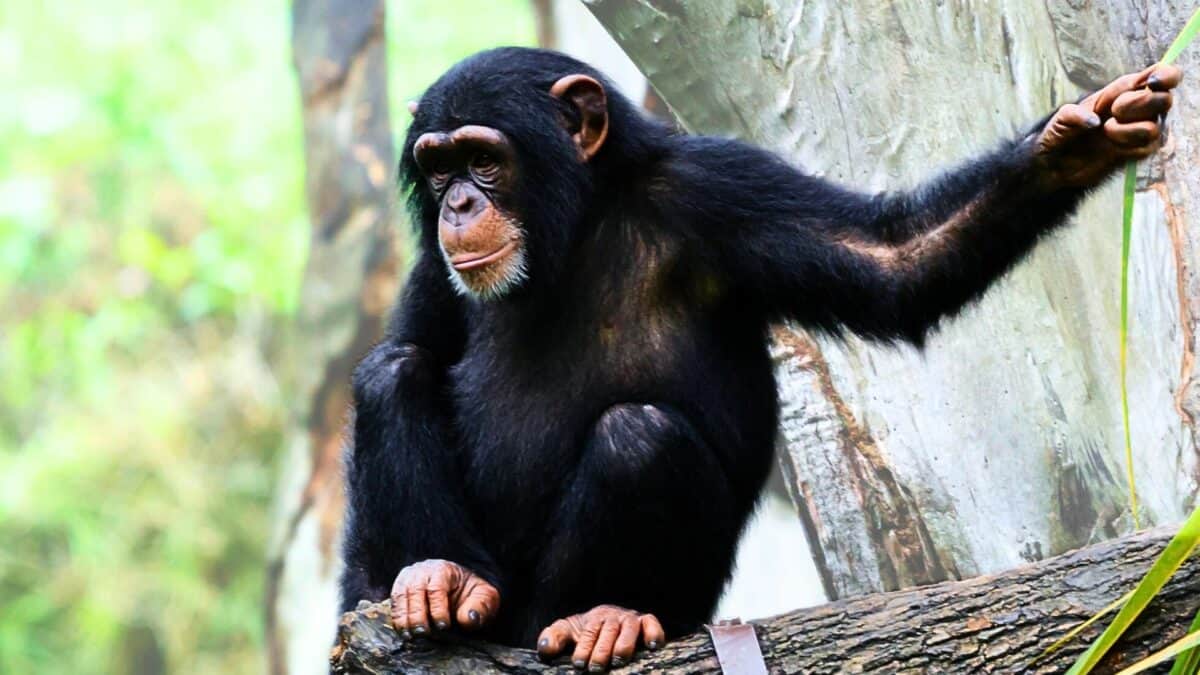
As one of our closest evolutionary relatives, chimpanzees exhibit a wide array of emotions that parallel human experiences. They form lifelong friendships and show empathy, kindness, and even reconciliation behaviors after conflicts. Observations in the wild have revealed that chimpanzees comfort each other and share emotional support during stressful times.
8. Cats Independent Yet Affectionate
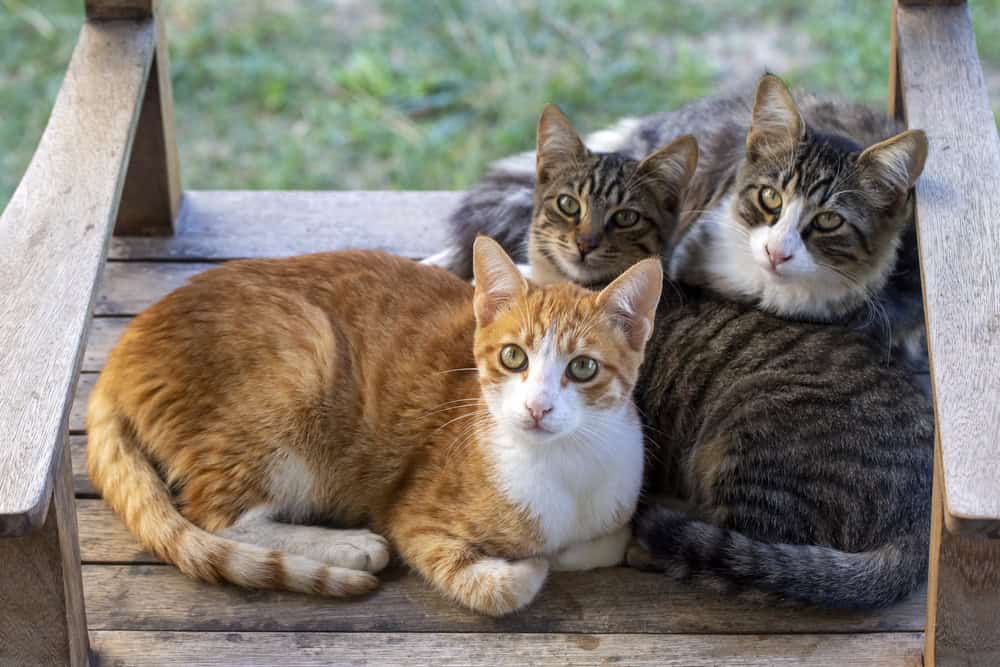
Though often considered solitary creatures, cats can form strong emotional bonds with their human owners and fellow felines. They express affection through purring and rubbing against people and objects they love. Cats also exhibit signs of stress and fear, particularly in unfamiliar environments, further highlighting their emotional sensitivity.
7. Horses Empathetic and Intuitive
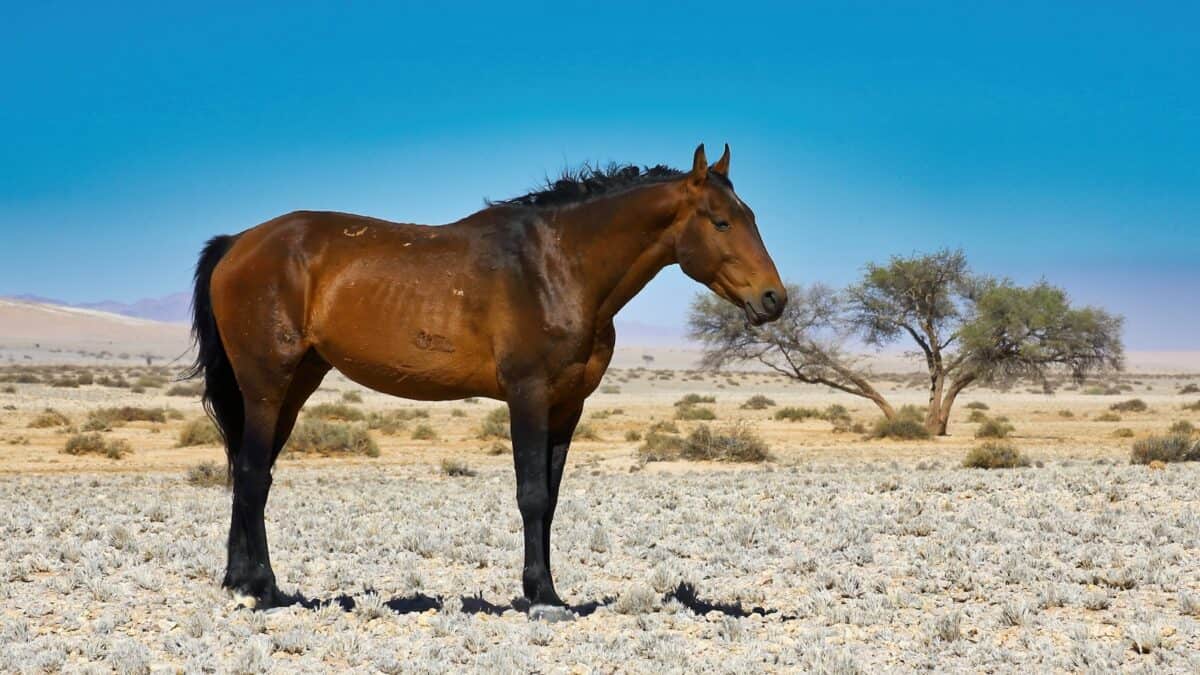
Horses are highly sensitive animals capable of recognizing human emotions. They respond to the tone of voice and body language and often mirror the emotions of their handlers, showing empathy and understanding. This ability makes them not only excellent companions but also valuable partners in therapy programs for humans.
6. Ravens Intelligent and Inquisitive
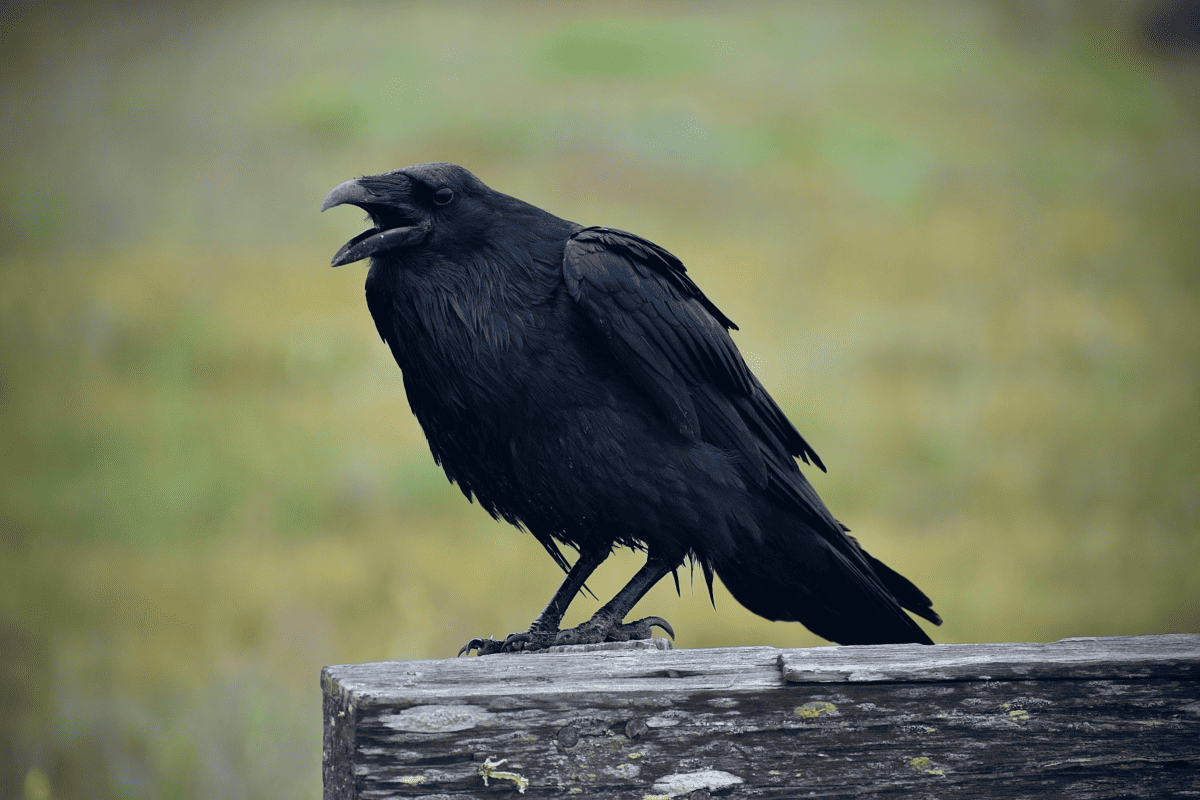
Ravens are celebrated for their intelligence and problem-solving skills, but their emotional capacity is equally impressive. They form lasting social bonds and can recognize individual humans, showing preferences and even affection. Ravens have been observed mourning their dead and engaging in acts of deception, reflecting a sophisticated emotional and cognitive understanding.
5. Octopuses Solitary Thinkers with a Range of Emotions
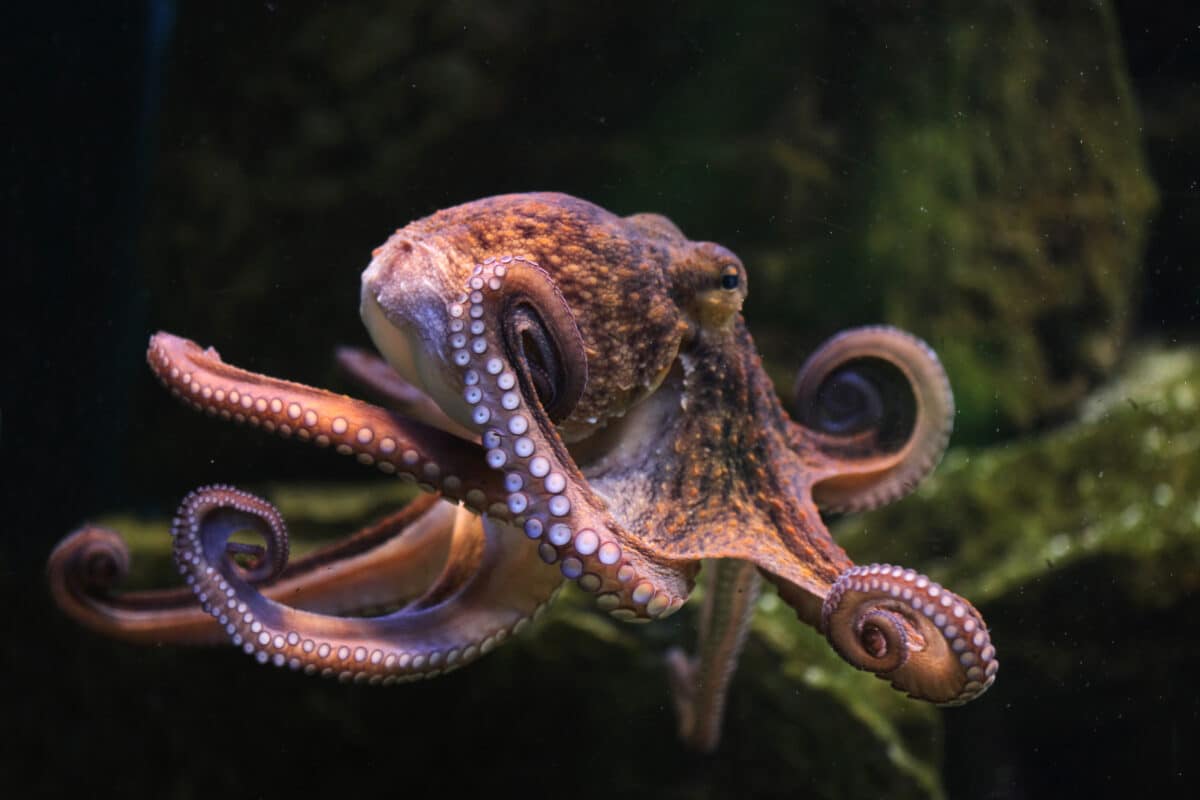
Octopuses are enigmatic creatures with surprising emotional depth. Though primarily solitary, they display curiosity, playfulness, and even signs of stress and frustration through color changes and body language. Their short lifespans do not hinder their capacity to form intricate emotional connections with their environment and, sometimes, with humans.
4. Crows Problem Solvers with Strong Social Ties

Crows exhibit advanced problem-solving skills and have complex social structures that suggest emotional depth. These birds are known to hold grudges, mourn lost members of their group, and even participate in communal gatherings to celebrate or console each other. Their ability to form tight-knit communities speaks to their strong social bonds.
3. Lions Social Cats with Family Bonds
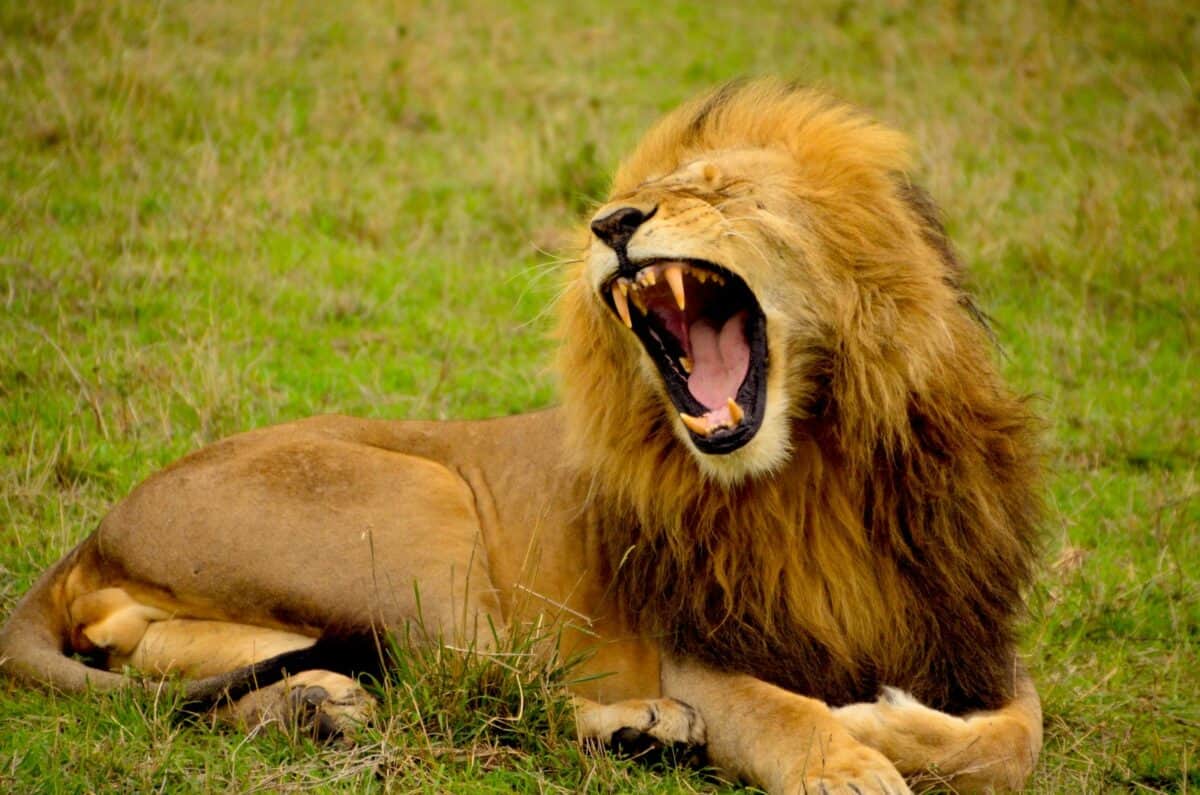
In the wild, lions live in prides that function much like extended family units. They display adoration and care for their young and work collaboratively within the pride to hunt and protect their territory. Loyalty and companionship are central to lion society, mirroring the family dynamics more commonly attributed to humans.
2. Bonobos Peaceful and Affectionate Primates

Known for their peaceful social interactions, bonobos use affection and cooperation to maintain harmony within their groups. These primates display emotions such as empathy and compassion, comforting each other during conflicts or stress. Their social structure is built on communication and connection, reflecting a deep emotional reservoir.
1. Whales Giants with Grieving Hearts

Whales are ocean giants known for their complex vocalizations and migratory patterns, but their emotional range is equally expansive. In some species, grieving mothers have been seen carrying their dead calves for days, demonstrating profound maternal bonds and mourning behaviors. Whales also engage in social play and intricate vocal exchanges, signifying rich emotional lives.
Conclusion:
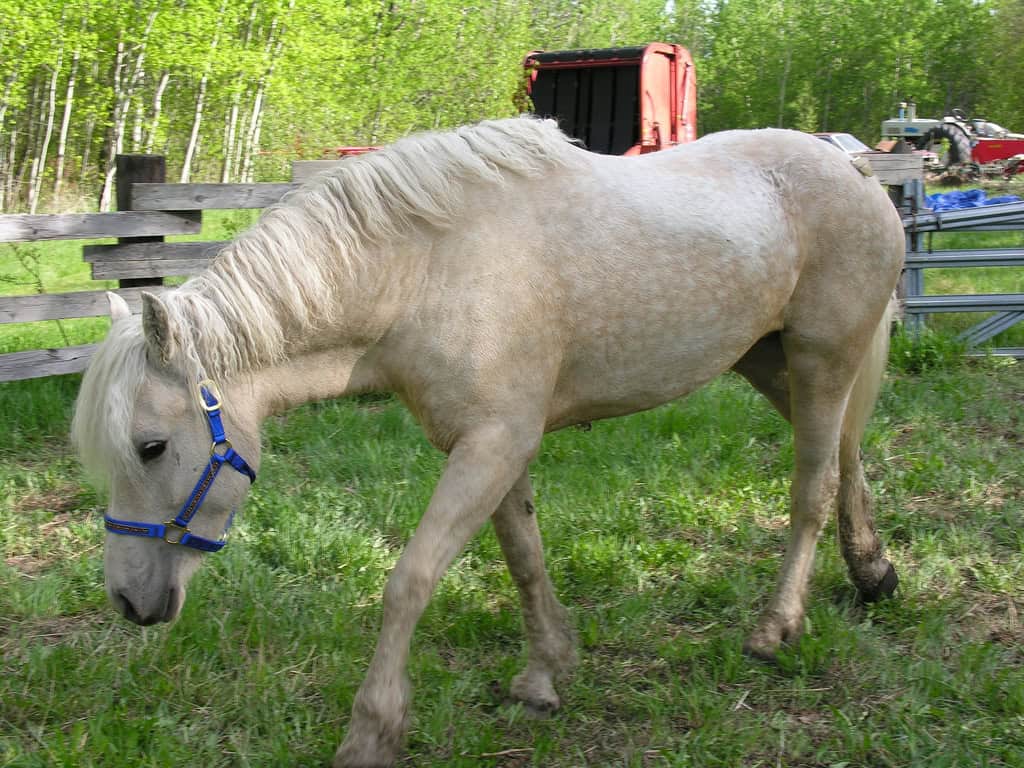
As we explore these remarkable creatures, it becomes clear that animals experience emotions in ways that often parallel our own human experiences. Recognizing and appreciating these similarities not only deepens our connection with the natural world but also encourages us to foster environments that respect and nurture animal emotions. In doing so, we contribute to a more compassionate and harmonious coexistence with the incredible array of life that shares our planet.
- 8 Times Animals Helped Solve Crimes in the Most Unexpected Ways - August 20, 2025
- 10 Stunning Animals You Can See in the Great Barrier Reef - August 20, 2025
- 14 Loudest Birds in the U.S. - August 20, 2025

